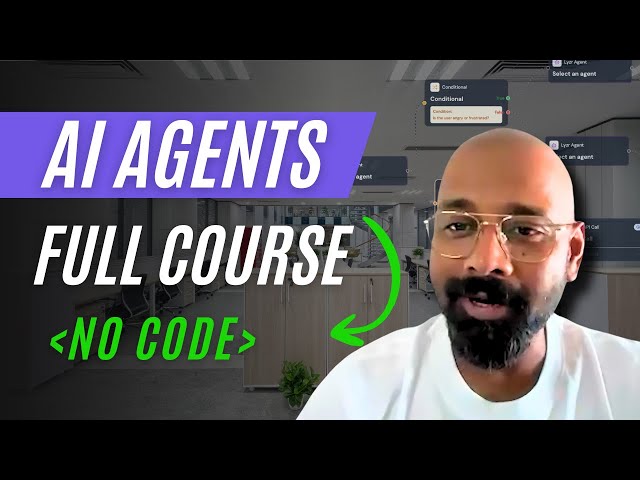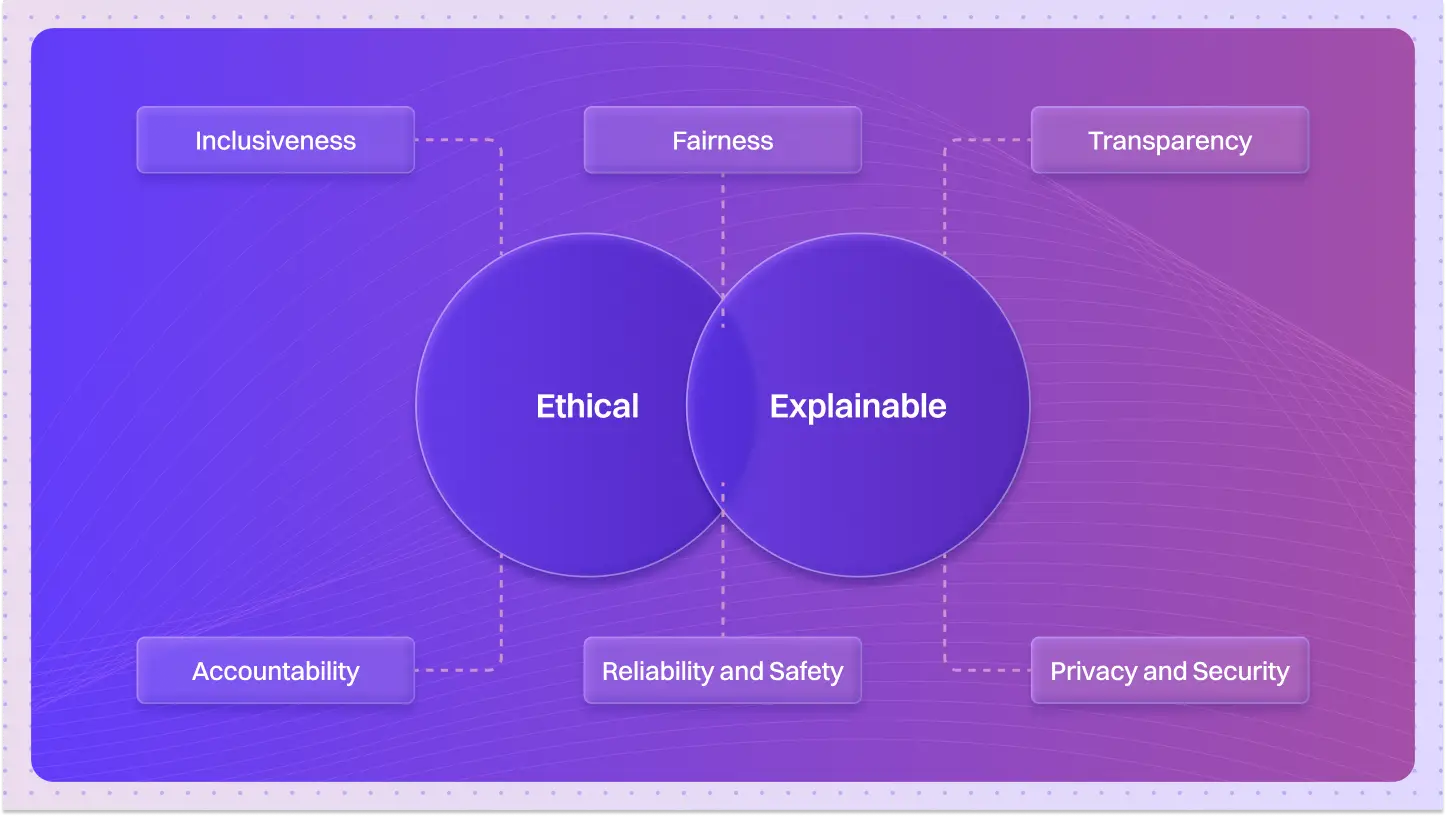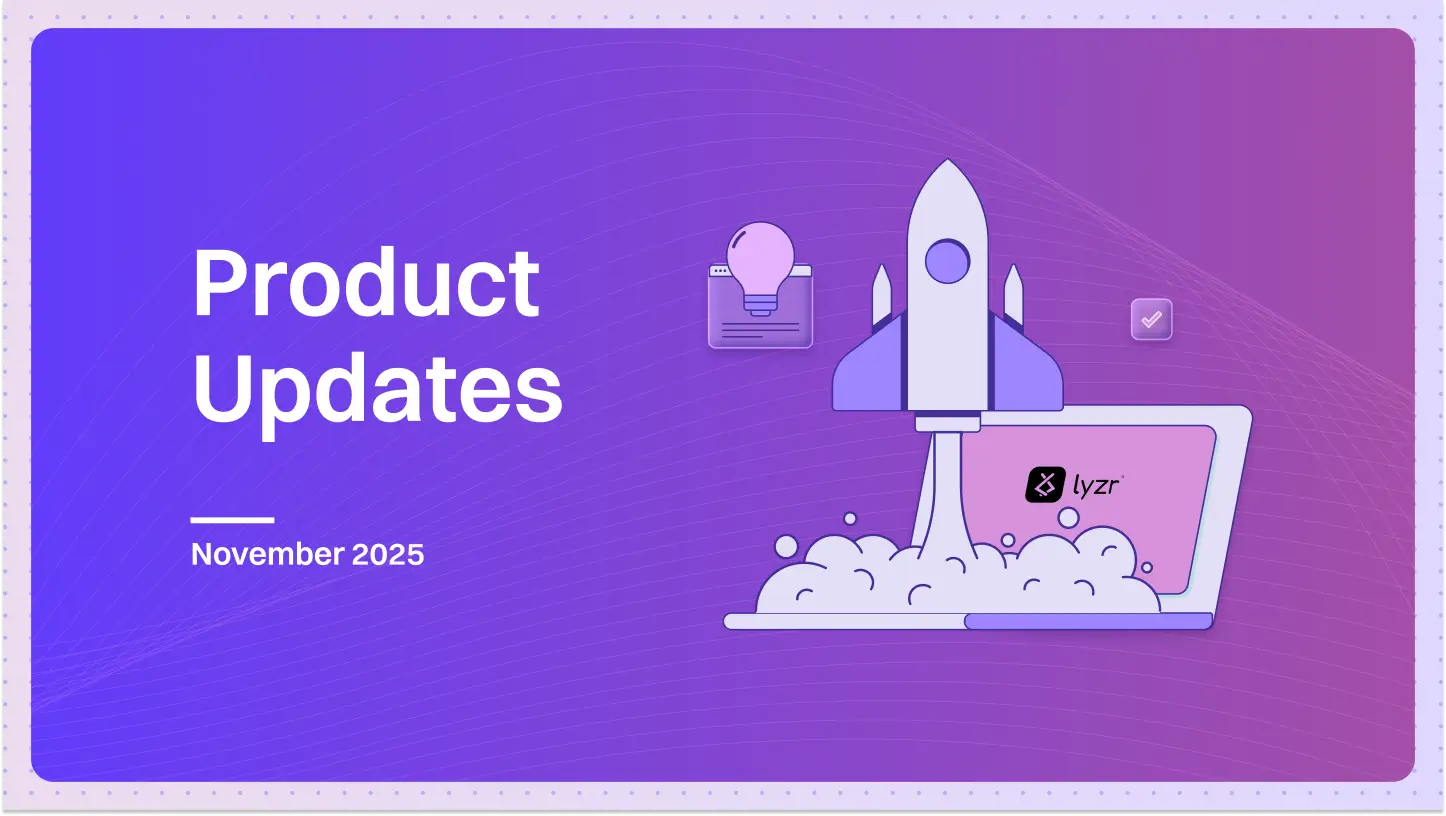The most powerful AI agent is useless if you can’t afford to run it.
A Cost Optimized AI Agent is an autonomous AI system designed to deliver maximum value and performance while minimizing resource consumption, operational expenses, and total cost of ownership.
Think of it like a hybrid car. It’s not just about getting from point A to B. It’s about engineering the perfect balance between power and fuel efficiency. This allows you to travel extensively on a modest fuel budget. A cost-optimized agent applies that same principle to computation.
The goal isn’t to build the cheapest agent. It’s to build the smartest agent for your budget, ensuring your AI initiatives are sustainable, scalable, and ultimately, profitable.
What are Cost Optimized AI Agents?
They are AI agents built with economic reality in mind from day one. It’s a design philosophy, not an afterthought.
This means every decision, from model architecture to deployment strategy, is viewed through a lens of efficiency.
- Does the model really need to be that large?
- Can we process requests more efficiently?
- Are we using the right hardware for the job?
Unlike traditional AI development that often chases peak performance benchmarks, cost optimization focuses on achieving the required performance at the lowest possible cost.
Why is cost optimization crucial for AI deployment?
Because AI compute is not free. In fact, it can be incredibly expensive. Without a focus on cost, an AI project can quickly become a financial black hole.
This is a major shift from how we’ve thought about software in the past.
- Unlike traditional AI models that are benchmarked solely on accuracy, cost-optimized agents are judged on their efficiency. This includes energy use, infrastructure costs, and speed.
- This approach is different from general AI deployment. It integrates economic planning directly into the technical roadmap, ensuring every choice is the most cost-effective one to achieve the goal.
It’s the key to unlocking AI for everyone, not just mega-corporations with massive compute budgets.
What techniques are used for optimizing AI agent costs?
Optimization is a multi-layered process. It happens at the model level, the operational level, and the hardware level.
Model-Level Techniques:
- Model Selection: Choosing the smallest model that can effectively perform the task. Meta’s LLaMA models are a prime example, offering various sizes so you don’t use a 70-billion parameter model for a task a 7-billion one can handle.
- Fine-Tuning: Adapting a smaller, pre-trained model for a specific task instead of training a massive one from scratch.
- Distillation: Training a compact “student” model to mimic the behavior of a much larger “teacher” model.
Operational-Level Techniques:
- Batching: Grouping multiple user requests together and processing them in a single run to maximize hardware utilization.
- Caching: Storing the results of frequent queries so they don’t have to be re-computed every time.
- Intelligent Routing: Using a small, cheap model to triage incoming requests and only routing the most complex ones to a larger, more expensive agent.
How do you implement cost optimization strategies?
Implementation is about making smart, deliberate choices.
A great example is Anthropic’s model lineup. They offer their flagship Claude model for complex reasoning, but also provide Claude Instant. It’s a faster, significantly cheaper version designed for high-volume tasks where speed and cost are more important than cutting-edge nuance.
Another strategy is moving computation to the “edge.”
Google does this for many AI services on its Pixel phones. By running parts of the AI locally on the device, they reduce the load on their cloud servers, which cuts costs and often makes the user experience faster.
This shows that optimization isn’t one single action. It’s a portfolio of strategies you apply based on the specific needs of your agent and your business.
What are the core technical mechanisms for cost optimization?
Under the hood, several key technologies make these savings possible. These aren’t just abstract ideas; they are concrete engineering techniques.
- Quantization: This is about making the model “lighter.” It converts the numbers within the model from high-precision formats (like 32-bit floating point) to lower-precision ones (like 8-bit integers). This shrinks the model’s size and dramatically speeds up computation, often with a negligible impact on accuracy.
- Pruning: Think of this as trimming the fat. This technique identifies and removes redundant or unimportant connections (neurons) within the neural network. The result is a leaner, faster model that requires less memory and compute power to run.
- Hardware Acceleration: This means running your AI on specialized computer chips designed specifically for AI calculations. Using hardware like Google’s TPUs or NVIDIA’s GPUs can perform AI tasks orders of magnitude faster and more energy-efficiently than a general-purpose CPU.
Quick Test: Pick Your Model
You’re building an AI-powered chatbot for a small e-commerce site. It needs to answer basic customer questions about shipping and returns. You have three model options:
A. A giant, 100B parameter state-of-the-art model that costs $1 per 1,000 queries.
B. A medium, 20B parameter model optimized for conversation that costs $0.20 per 1,000 queries.
C. A small, 3B parameter fine-tuned model that excels at Q&A and costs $0.02 per 1,000 queries.
Which one is the most cost-effective choice for the application?
Answer: Model C. While A and B are more powerful, their capabilities are overkill for the task. Model C provides the necessary performance at a fraction of the cost, making the project economically viable.
Deep Dive FAQs
How do cost optimized AI agents impact ROI and business applications?
They directly improve ROI by lowering the operational cost per task. This makes it feasible to deploy AI in applications where it was previously too expensive, like real-time customer support, content moderation, or internal knowledge management.
What are the trade-offs between cost optimization and performance?
The primary trade-off is often between peak accuracy and efficiency. An aggressive optimization might slightly reduce the agent’s performance on fringe or complex cases. The goal is to find the “sweet spot” where the cost savings outweigh any minimal performance degradation.
How do existing infrastructures support cost optimization strategies?
Modern cloud platforms (AWS, Azure, GCP) offer a wide array of tools for this. They provide access to different types of hardware accelerators, auto-scaling capabilities to match demand, and serverless functions that only charge for compute time used.
What role does batch processing play in cost efficiency?
It’s huge. Processing requests one by one is highly inefficient for AI hardware. Batching allows the system to process hundreds or thousands of requests simultaneously, maximizing the use of the hardware and dramatically lowering the cost per individual request.
How do you scale cost optimized agents across global deployments?
This often involves deploying smaller models on edge servers located closer to users. This reduces data transfer costs (egress fees) and improves latency, creating a better and cheaper user experience.
Which industries benefit most from cost-optimized AI approaches?
Any industry with high-volume, repetitive tasks. This includes e-commerce (customer service), media (content tagging and moderation), finance (fraud detection), and healthcare (analyzing medical notes).
How do advancements in AI hardware contribute to cost optimization?
Newer chips are designed for efficiency. They can perform more calculations per watt of energy, support lower-precision data types natively, and have architectures that are better suited for the types of math used in AI, all of which drive down operational costs.
What metrics are essential for measuring cost efficiency in AI agents?
Key metrics include: Cost Per Query, Queries Per Second (QPS) Per Dollar, Total Cost of Ownership (TCO), and energy consumption. It’s about measuring the value delivered against the resources consumed.
The future of AI isn’t just about building bigger models.
It’s about building smarter, more efficient systems that can be deployed everywhere.







